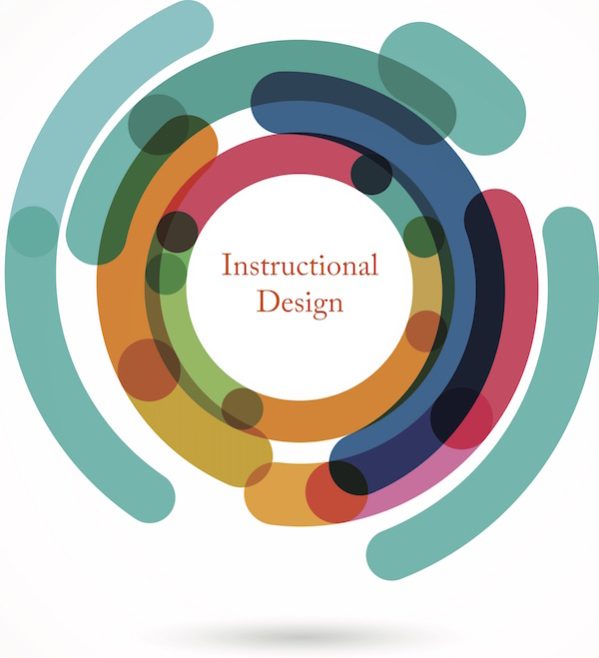Instructional design
Instructor
Write Speakers
- Description
- Curriculum
- Reviews

instructional design is the creation of learning experiences and materials in a manner that results in the acquisition and application of knowledge and skills. The discipline follows a system of assessing needs, designing a process, developing materials and evaluating their effectiveness. Instructional Design provides a practical and systematic process for effectively designing effective curricula in the context of workplace learning. Instructional Design is one of the 23 capabilities in the Talent Development Capability Model.
Introduction
-
1What is an Instructional Designer?
-
2What are Hiring Managers Looking For?
-
3Why Become an Instructional Designer?
-
4What Does an Instructional Designer Do?
-
5Corporate IDs vs. Higher Ed IDs
-
6In-House IDs vs. eLearning Vendor IDs
-
7Self-Employed IDs vs. Full-Time IDs
-
8What are Hiring Managers Looking For?
Basic Components of Instructional Design
Basic Components of Instructional Design
Instructional Design Theories
Instructional Design Theories
Principles
Principles
and Methodologies
-
151. The ADDIE Model of Instructional Design
-
162. Gagne's Nine Events of Instruction
-
173. Action Mapping
-
184. Behaviorism
-
195. Cognitive Information Processing
-
206. Kirkpatrick's Model of Evaluation
-
217. Mayer's Principles of Multimedia Learning
-
228. Learning Objectives and Instructional Alignment
and Methodologies
-
231. The ADDIE Model of Instructional Design
-
242. Gagne's Nine Events of Instruction
-
253. Action Mapping
-
264. Behaviorism
-
275. Cognitive Information Processing
-
286. Kirkpatrick's Model of Evaluation
-
297. Mayer's Principles of Multimedia Learning
-
308. Learning Objectives and Instructional Alignment
Instructional Design Technology
Build your Instructional Design Portfolio
Please, login to leave a review







